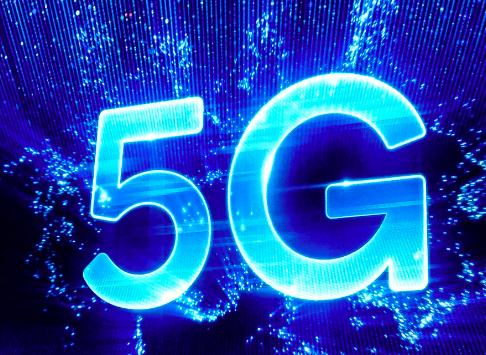
In 2018 Qualcomm met with hundreds of reporters and analysts on the sunny beaches of Maui to talk about how 5G would change the world in 2019-2020. The hype level was high. Then, reality hit. Network rollouts were met with delays, you needed a map to find coverage and consumers ended up more confused than excited.
5G promises to significantly increase cellular the speeds, coverage and responsiveness of wireless networks. It can run 10 to 100 times faster than a typical cellular connection that is offered today, and it’ll also boost how fast a device will connect to the network with speeds as quick as a millisecond to start your download or upload. It’s the most significant advance in mobile network technology since the introduction of 4G a decade ago, and it could have major implications for how we live.
But for now, a lot of those promises remain unfulfilled. That hasn’t deterred Amon’s enthusiasm for the technology.
“You could argue that 200 million could be conservative, especially looking at China,” Amon said in an interview with CNET on Tuesday.
That’s an ambitious declaration for a technology that’s really just getting started. Even in Hawaii, at the Snapdragon Tech Summit, there are some doubts. “I don’t think it’s going to be mainstream,” said Creative Strategies analyst Carolina Milanesi. “But by the end of 2020, we will have a better feel for what living in a 5G world would look like.”


